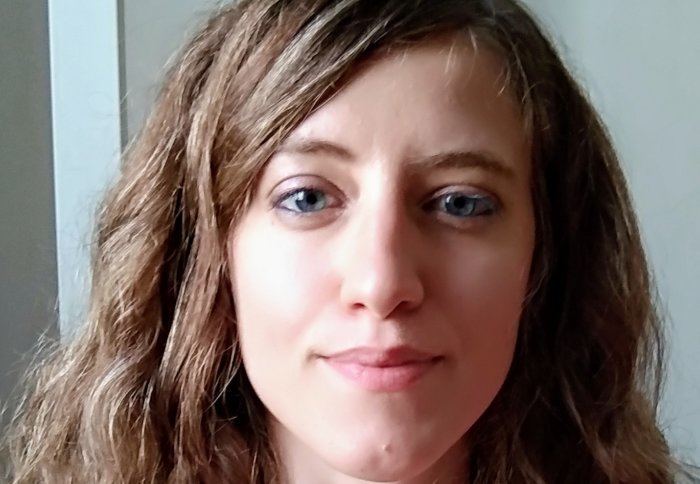Former Aeronautics Researcher wins CVET Most Downloaded Article
by Tom Creese

Dr Lorenza Grechy
Dr Lorenza Grechy has been awarded the CVET Most Downloaded Article Award by the Biomedical Engineering Society (BMES) at their Annual Meeting.
The paper – titled The Effect of Arterial Curvature on Blood Flow in Arterio-Venous Fistulae: Realistic Geometries and Pulsatile Flow – has been downloaded over 1,700 times. Co-authored with Dr Peter Vincent, Professor Colin Caro and others, it was published in the Cardiovascular Engineering and Technology Journal in 2017.
In response to receiving the award, Dr Grechy said “I am personally very grateful to the organisers of the BMES conference for this award. One thing that brings me particular joy is that it made me aware that several researchers in other parts of the World are still reading our studies, hopefully finding it useful, and even if I have already left academia.”
AVF
The paper investigated the effect of arterial curvature on Arterio-Venous Fistulae (AVF), a very particular type of vascular connection.
AVFs surgically connect an artery and a vein in patients affected by kidney failure. Once formed, AVFs can be used for haemodialysis treatments, enabling the efficient removal of metabolic waste from blood.
While considered the ‘gold standard’ method of vascular access, up to 60% of AVF treatments fail as a result of Intimal Hyperplasia (IH), the thickening of layers within blood vessels.
Whilst the exact reasons why IH develops are unknown, the evidence suggests that unphysiological flow patterns within AVF play an important role.
Suppressing unsteady flow
Lorenza completed her PhD at Imperial College London in April 2017 and spent a further year in the Department of Aeronautics as a post-doc researcher.
Her PhD investigated the relationship between unphysiological flow patterns and AVF geometries with different models. Specifically, her studies focussed on the presence of unsteady flow in idealised and realistic AVFs, and how to suppress it.
The awarded paper takes an important step forwards by focussing on more realistic AVF configurations, with pulsatile inflow conditions. A flow with periodic variations is known as pulsatile flow.
Results show that forming an AVF by connecting a vein onto the outer curvature of an arterial bend does not, necessarily, suppress unsteady flow in the artery: a finding contrary to results from previous studies.
The findings may in turn reduce rates of IH and hence AVF failure.
Dr Grechy adds “I cannot thank Imperial College enough for the beautiful years spent as a researcher at the Department of Aeronautics. I am especially grateful to the hard work of all the co-authors, who worked on this paper with me.”
“A special thanks must go to Dr Peter Vincent for his amazing work as supervisor, and to Dr Francesco Lori, who has been my brilliant partner, both in life and at work in all those years.”
Article text (excluding photos or graphics) © Imperial College London.
Photos and graphics subject to third party copyright used with permission or © Imperial College London.
Reporter
Tom Creese
Department of Aeronautics